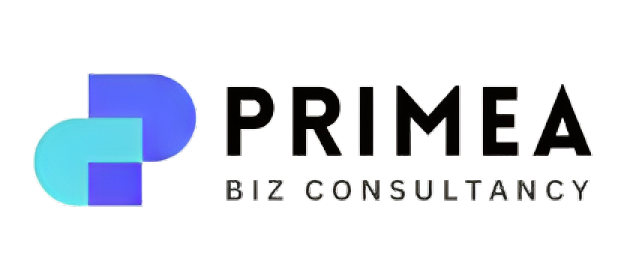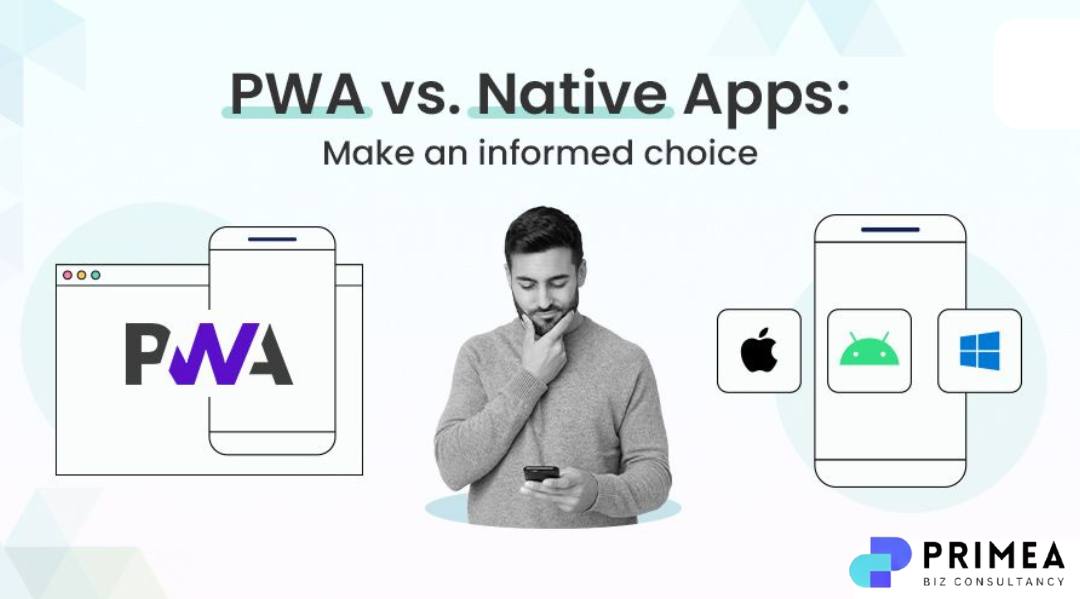PWA vs Native Apps 2025: Which is Best for Your Business?
In 2025, businesses must decide between Progressive Web Apps (PWA) and native apps to maximize digital presence. Both options have unique advantages, and the choice depends on your business goals, budget, and target audience. PWAs combine the convenience of websites with app-like experiences, while native apps provide full device integration and top-notch performance.
Understanding the differences is key to making a decision that drives user engagement, ROI, and long-term growth.
1. What is a Progressive Web App (PWA)?
A PWA is a web application that functions like a native app but runs in a browser. Key features include:
- Offline functionality and caching
- Fast load times across devices
- Push notifications for user engagement
- Responsive design for mobile and desktop
PWAs are cost-effective, require a single codebase, and are easier to maintain than native apps. They are ideal for businesses looking for quick deployment and broad accessibility.
Related link: For more on PWAs, see Google Developers: Progressive Web Apps.
2. What is a Native App?
A native app is built specifically for a platform like iOS or Android. Benefits include:
- Superior performance and speed
- Full access to device hardware (camera, GPS, sensors)
- Offline functionality and advanced features
- Presence on app stores increases credibility
Native apps require higher development costs and longer timelines but deliver premium user experiences and advanced functionalities.
Internal link: Check our guide on App Development Trends 2025 for more insights.
3. Cost Comparison: PWA vs Native Apps
PWA Development Cost:
- Lower initial investment
- Single codebase for multiple platforms
- Easier updates and maintenance
Native App Development Cost:
- Higher initial cost, separate development for iOS and Android
- Ongoing updates require multiple teams
- More expensive design and testing
PWAs are ideal for small to medium businesses, while large enterprises may prefer native apps for feature-rich experiences.
4. Performance & User Experience
- PWAs: Lightweight, fast, and accessible via browser without installation. Perfect for reaching a wide audience quickly.
- Native Apps: Smooth animations, offline access, and deep device integration. Ideal for performance-heavy tasks and loyal user engagement.
PWAs can provide almost-native experiences, but native apps still excel in advanced functionalities.
5. Discoverability & Marketing
- PWAs: Easily discoverable through search engines, improving reach without relying on app stores.
- Native Apps: Benefit from app store listings, ratings, and reviews, enhancing trust and visibility.
Combining both strategies can sometimes maximize user acquisition and retention.
6. Security & Updates
- PWAs: Updates are automatic for all users. Security relies on HTTPS and browser compatibility.
- Native Apps: Require app store approval for updates. Offer more advanced security options for sensitive transactions.
In 2025, security remains a key factor for both PWAs and native apps, especially for e-commerce and financial businesses.
7. Choosing the Right Option for Your Business
- Choose a PWA if: You want a cost-effective, cross-platform solution with fast deployment.
- Choose a Native App if: You require advanced device features, offline capabilities, or a premium UX.
Many businesses adopt a hybrid strategy, launching a PWA first and then creating a native app based on user feedback and engagement metrics.
Conclusion
Choosing between PWA vs Native Apps 2025 depends on your budget, target audience, and business objectives. PWAs offer speed, accessibility, and lower costs, while native apps provide advanced features and superior user experience.
To implement the best app solution for your business, contact Primea Biz, your trusted partner in digital growth and app development.



